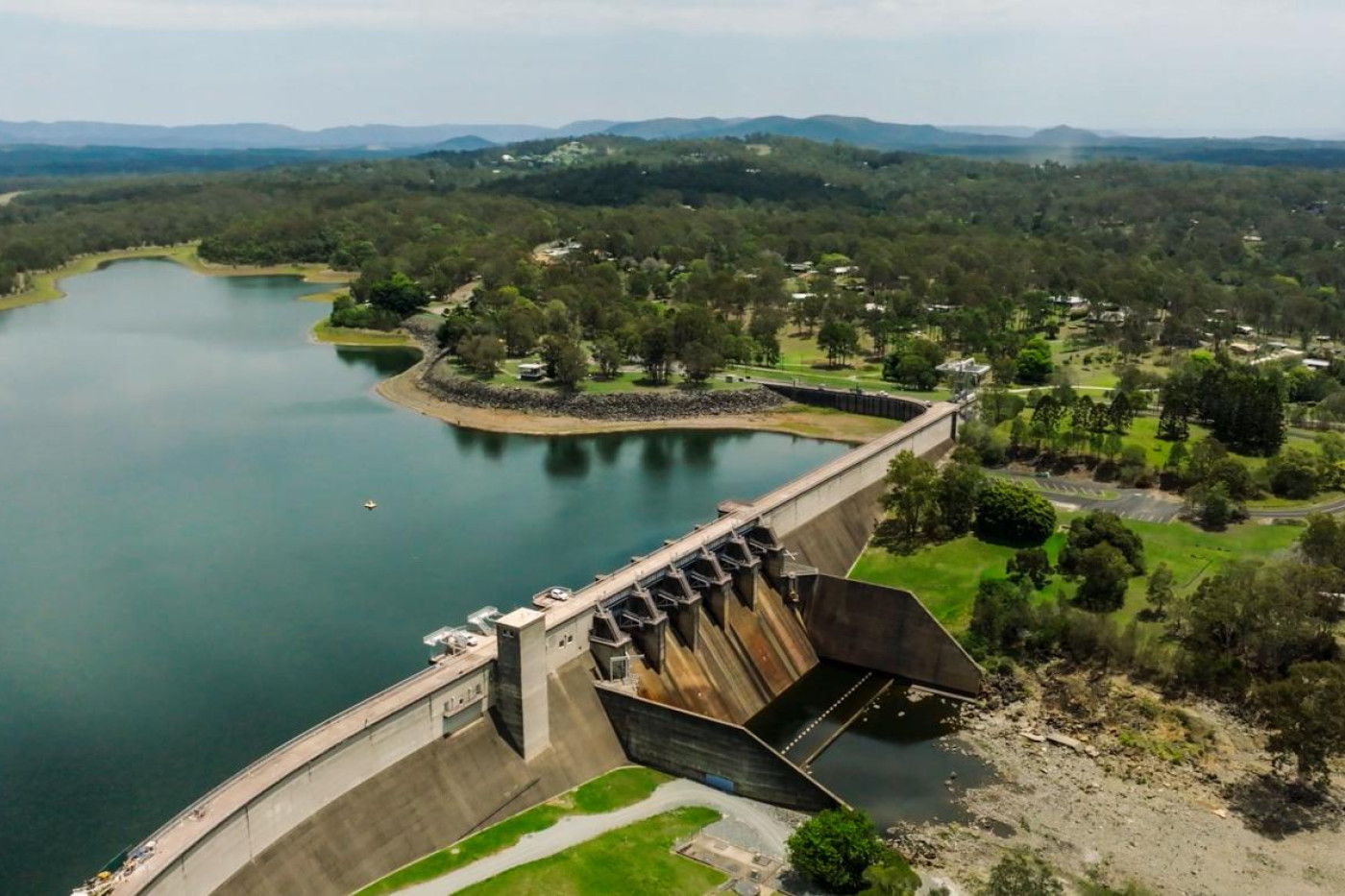News
15 February, 2025
Sewage smell concerns
Residents across Caboolture, Morayfield, Burpengary and surrounds areas have experienced an “awful sewage-like smell” coming from their homes, including showers and drinking taps last week.

An Seqwater spokesperson said they were aware some residents had experienced temporary taste and odour changes to their drinking water, but were assuring the public “these are aesthetic impacts only,” with the water still being safe to drink.
“These changes have been due to recent elevated algae levels and increased rain, inflows and outflows from North Pine Dam,” they said. “Our tap water continues to remain safe to drink and meets the health parameters of the Australian Drinking Water Guidelines.”
According to the spokesperson, the issue of algae bloom is a natural and common event in water sources and open catchments around the world, especially during the wet season. Seqwater’s South East Queensland’s open catchments (including the Brisbane River) present treatment plants with a range of challenges during this season, with the recent warm weather and heavy rainfall providing an additional challenge with the algae bloom.
As algae is filtered out through the treatment process, it can leave behind organic taste and odour compounds, known as MIB (2-Methylisoborneol) and geosmin, which impact the aesthetics of tap water. Increased rainfall also means increased inflows and outflows from dams, contributing to changes in taste and odour, due to the increased movements and compounds.
According to the spokesperson, some residents may notice the change in taste and odour more than others, as sensitivity varies from person to person, with most people comparing the changes to a musty, earthy or unpleasant taste and odour. This does not impact the safety of the water at these levels, as confirmed by Queensland Health.
The spokesperson advises locals noticing the change to refrigerate the water or put some lemon in it to help improve the taste.
Seqwater initiated powdered activated carbon at its North Pine Water Treatment Plant to reduce taste and odour impacts, with water sampling conducted by Seqwater staff already seeing improvements in the taste and odour. Powdered activated is a safe and effective method that removes taste and odour compounds from water.
“Customers should expect their drinking water to return to normal levels in coming days if not already,” they said. “Seqwater would like to thank the community for their patience.”
Seqwater has committed to publishing a weekly taste and odour water quality report on its website related to this event. This report will show MIB and geosmin presence in all Seqwater water treatment plants, including all of Moreton Bay and Somerset.
In addition to publishing the current taste and odour event results weekly, Seqwater reports on health, aesthetics and other parameters of their water quality each month, including compliance with health standards set in the Australian Drinking Water Guidelines and the Public Health Regulation 2018.
The processes used by Seqwater to remove contaminants from raw water and to turn it into clean, safe drinking water is similar to those used all around the world. The most widely applied water treatment process – known as conventional treatment – is a combination of coagulation, flocculation, sedimentation and filtration, and is used by the majority of Seqwater’s treatment facilities.
Seqwater undertakes 400,000 water sampling tests every year.
To view the weekly report visit www.seqwater.com.au/water-quality-report
Anyone with health concerns or health related enquiries is encouraged to call 13HEALTH (13 43 25 84).

